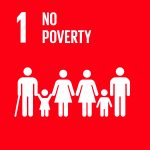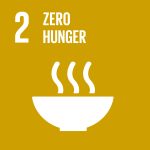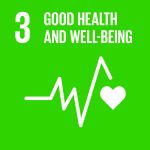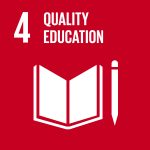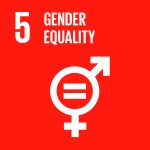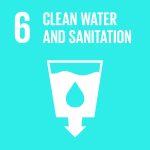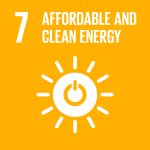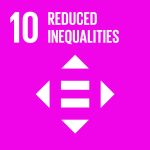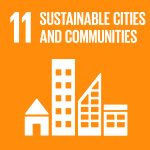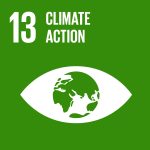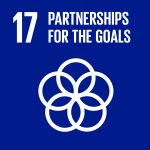Esta web utiliza cookies para que podamos ofrecerte la mejor experiencia de usuario posible. La información de las cookies se almacena en tu navegador y realiza funciones tales como reconocerte cuando vuelves a nuestra web o ayudar a nuestro equipo a comprender qué secciones de la web encuentras más interesantes y útiles.
SDG Impact Assessment Tool
Description
Institution
Organizations/areas of the university involved
Teaching, utilization and research
Country
Sweden
Agenda 2030, with its Sustainable Development Goals (SDGs), is one of the most ambitious and important global agreements in recent history. Although the SDGs should be implemented by nations, they also represent a framework towards which almost any activity can be evaluated. It can be difficult to foresee how different activities will impact the SDGs since they entail almost all aspects of human societies and their interactions with nature. Hence, tools that employ a structured approach to SDG impact evaluation are needed.
The SDG Impact Assessment Tool is a free online learning tool that visualizes the results from a self-assessment of how an activity, organization or innovation affects the SDGs. It aims to stimulate users, e.g. teachers and students, to get a better understanding of the SDGs, the complexity of sustainable development and how different activities in society impacts the SDGs. When students use the tool, they learn more about Agenda 2030 and the opportunities and difficulties of implementing the SDGs. The tool will help teachers and students to take on the SDGs in a simple and structured approach, and outputs a graphical visualization of the result. Furthermore, it can guide teachers, students and organizations to formulate a strategy of how to take action on the results of the SDG impact assessment.
The SDG Impact Assessment Tool has recently been developed into a stand-alone website where any user can perform assessments. Although a single user can perform assessments, we encourage using the tool in a workshop format where participants jointly perform SDG Impact Assessments. To further improve the results, external experts could be invited to perform a review of the assessment.
Results and impact measured or expected
The SDG Impact Assessment Tool has successfully been used in teaching at courses at Gothenburg University and Chalmers University of Technology in Sweden. For example, in a course on Environmental Impact Assessment at the University of Gothenburg, SDG impacts from a potential large expansion of wind power in Sweden was evaluated during a half day exercise. The tool can also be used in more long-term student projects, such as evaluating SDG impacts from shipping and marine logistics companies in course on Sustainable Shipping at Chalmers University of Technology.
The tool has also been used by SDSN Northern Europe to map SDG impacts from innovative Solutions in their Solutions Initiative Forums (SIF, https://www.unsdsn-ne.org/our-actions/solutions-initiative-forums/) and the accompanying Solutions Reports. It is also being used in case studies in the Swedish Mistra Carbon Exit research programme (https://www.mistracarbonexit.com/), with the aim to achieve more holistic perspectives on climate actions.
Connection with the SDG framework
Barriers and follow up
The process of developing the SDG Impact Assessment Tool has entailed several different challenges and strategic choices, in particular in terms of its scope and content. We decided to limit our ambitions into something manageable, which still could deliver useful results, and then develop the tool over time. To launch the tool on a stand-alone website required cooperation with, and financing for, a web consultancy company. Since good experiences, feedback and examples of very positive outputs were abundant, the Gothenburg Centre for Sustainable Development (https://gmv.gu.se/english) decided to financially support the development of a website. The Maritime Cluster of West Sweden (http://www.maritimaklustret.se/en/) also gave some financial support for this development.
An SDG Impact Assessment Tool Guide that present the tool, explains the steps of an SDG impact assessment and exemplifies applications and user cases (for example within teaching) will soon be published on the SDSN Northern Europe web site (https://www.unsdsn-ne.org/).
The current website is the first version of the tool. We aim to develop it further to be more flexible and contain more functions based on user feedback.
Education 4 SDG funciona gracias a WordPress

